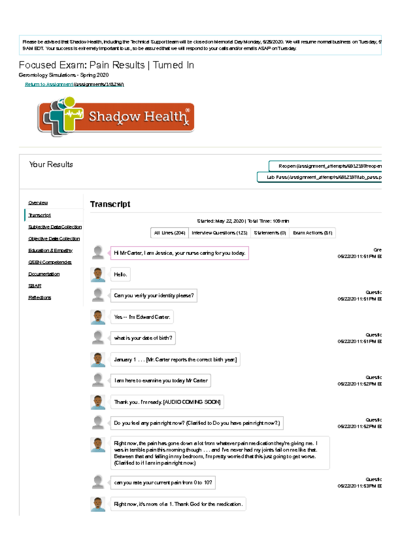Business
chevron_rightHumanities
chevron_rightMathematics
chevron_rightProgramming
chevron_rightScience
chevron_rightWriting
chevron_rightHealth & Medical
chevron_rightEconomics
chevron_rightEngineering
chevron_rightComputer Science
chevron_rightLaw
chevron_rightForeign Languages
chevron_right
Accounting
Advertising
Biotechnology
Broadcasting
Business
Business Law
Business Plans
Communications
Data Analytics
Entrepreneurship
Excel
Facebook Marketing
Hospitality
International Trade
Internet Marketing
Journalism
Management
Marketing
News Media
Powerpoint
Print Media
Publishing
Real Estate
Retail Management
Risk Management
Sales
Sports Management
Supply Chain
Tourism
African Studies
American Studies
Animation
Anthropology
Architecture
Art
Asian Studies
Cooking & Baking
Cultural Studies
Dance
Design
Education & Teaching
English
Ethnic Studies
Fashion Design
Film
Gender Studies
Geography
Global Studies
Graphic Design
History
Humanities
Interior Design
Jewish Studies
Landscape Architecture
Latin American Studies
Linguistics
Literature
Middle Eastern Studies
Music
Music Theory
Philosophy
Political Science
Psychology
Religion
Social Science
Sociology
Theater
Urban Planning
Women's Studies
Algebra
Applied Mathematics
Arithmetic
Calculus
Cryptography
Differential Equations
Discrete Math
Geometry
Graphs
Linear Algebra
Mathematics
Number Theory
Numerical Analysis
Probability
Set Theory
Statistics
Trigonometry
.NET
App Development
Bash
C Programming
C#
C++
Clojure
CoffeeScript
Erlang
F#
Go
Haskell
Html / CSS
Java
Javascript
jQuery / Prototype
Linux
Lisp
MathLab
MySQL
OCaml
Pascal
Perl
PHP
Pinterest
Programming
Python
Q#
R
Ruby
Rust
Software Development
Swift
Twitter
Typescript
Website Design
Wordpress
Agriculture
Anatomy
Applied Physics
Astrobiology
Astronomy
Astrophysics
Biochemistry
Biology
Botany
Chemistry
Earth and Space Exploration
Ecology
Environmental Science
Genetics
Geographic Information
Geology
Microbiology
Physics
Rocket Science
Science
Sustainability
Zoology
Accounting
Application Writing
Art
Article Writing
Biology
Blog Post
Business
Case Studies
Chemistry
Communications
Computer Science
Creative Writing
Economics
Editing
Email Copy
Engineering
English
Environmental Science
Film
Foreign Languages
Geography
Geology
Grammar
Health & Medical
History
Humanities
Law
Literature
Management
Marketing
Mathematics
Nursing
Philosophy
Physics
Poetry
Political Science
Powerpoint
Product Descriptions
Programming
Proofreading
Psychology
Research & Summaries
Resume Writing
SAT
Science
Scriptwriting
Shakespeare
Social Science
Songwriting
Transcription
Translation & Languages
White Papers
Writing
Chiropractics
Dentistry
Dietetics
Fitness
Global Health
Health & Medical
Immunology
Kinesiology
Music Therapy
Neuroscience
Nursing
Nutrition
Nutritional Sciences
Pharmacology
Population Health
Public Health
Social Work
Speech Therapy
Toxicology
Wellness
Aeronautical Management
Aerospace Engineering
Biomedical Engineering
Chemical Engineering
Civil Engineering
Computer Systems
Construction
Data Engineering
Electrical Engineering
Engineering
Environmental Engineering
Industrial Design
Informatics
Information Technology
Mechanical Engineering
Product Design
Software Engineering




















